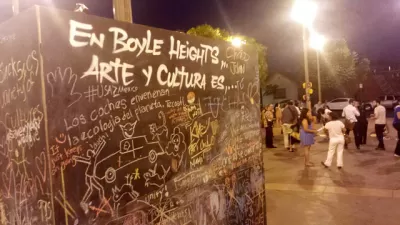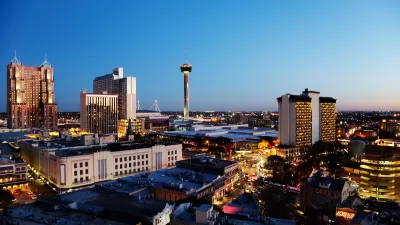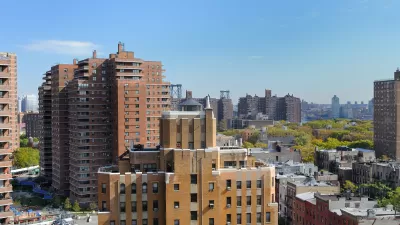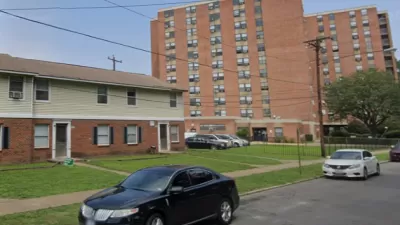Simply inviting residents to participate in design charrettes or a community planning process does not mitigate the significant loss they feel as they witness the physical destruction of their homes and lived history.

What does it mean to value a public housing community that has been neglected for decades and now experiences high rates of violence, degraded housing, limited infrastructure, and a frayed social fabric? For many developers, city officials, and others, it means tearing all that down and replacing it with new mixed-income housing. What this redevelopment method often overlooks, however, is the experience of residents who bear witness to the physical destruction of their homes and the elimination of familiar street corners, basketball courts, green space, and all the other private and public signposts of community and lived history.
Simply inviting residents to participate in design charrettes and an official community planning process does not mitigate the significant loss of home that reverberates across generations. Just the inherent language of community “transformation” signals that what has come before is not worth holding on to, and renders the history of these public housing sites insignificant. Knowing this, our challenge is not to envision “transformed” communities, but an evolution that carries with it visible markers of what has come before and illuminates the history of the place and the people who have lived in these places for decades. What is needed is a radical act of longevity.
In San Francisco, a far-reaching process is taking place to replace and rehabilitate thousands of units of public housing. Called the HOPE SF initiative, four of the largest and most debilitated public housing communities will be entirely rebuilt, including new streets, parks, bus stops, community spaces, and housing. The intent is to keep residents in place and living in their communities without moving them out of San Francisco, never to return. Even with this commitment and the promise of safer, healthier housing, honoring community history has taken on increasing importance as residents have voiced their grief as the place they have called home is entirely demolished. “Once they tear it down, you're tearing down the history of what makes Potrero Hill. Whether you call us a ghetto or a project ... there's a lot of history here and a lot of stuff has happened here.” Furthermore, community residents believe that historical recognition is needed to solidify their sense of belonging in the newly developed mixed-income housing that will be created through the HOPE SF initiative.
In response, HOPE SF has partnered with San Francisco State University (SFSU) to see how art can play a role in visually and experientially carrying forward individual and community history, culture, and connections as part of this neighborhood change effort.
FULL STORY: A Community Planning Process—Even A Good One—Is Not Enough

Alabama: Trump Terminates Settlements for Black Communities Harmed By Raw Sewage
Trump deemed the landmark civil rights agreement “illegal DEI and environmental justice policy.”

Planetizen Federal Action Tracker
A weekly monitor of how Trump’s orders and actions are impacting planners and planning in America.

The 120 Year Old Tiny Home Villages That Sheltered San Francisco’s Earthquake Refugees
More than a century ago, San Francisco mobilized to house thousands of residents displaced by the 1906 earthquake. Could their strategy offer a model for the present?

In Both Crashes and Crime, Public Transportation is Far Safer than Driving
Contrary to popular assumptions, public transportation has far lower crash and crime rates than automobile travel. For safer communities, improve and encourage transit travel.

Report: Zoning Reforms Should Complement Nashville’s Ambitious Transit Plan
Without reform, restrictive zoning codes will limit the impact of the city’s planned transit expansion and could exclude some of the residents who depend on transit the most.

Judge Orders Release of Frozen IRA, IIJA Funding
The decision is a victory for environmental groups who charged that freezing funds for critical infrastructure and disaster response programs caused “real and irreparable harm” to communities.
Urban Design for Planners 1: Software Tools
This six-course series explores essential urban design concepts using open source software and equips planners with the tools they need to participate fully in the urban design process.
Planning for Universal Design
Learn the tools for implementing Universal Design in planning regulations.
Clanton & Associates, Inc.
Jessamine County Fiscal Court
Institute for Housing and Urban Development Studies (IHS)
City of Grandview
Harvard GSD Executive Education
Toledo-Lucas County Plan Commissions
Salt Lake City
NYU Wagner Graduate School of Public Service





























